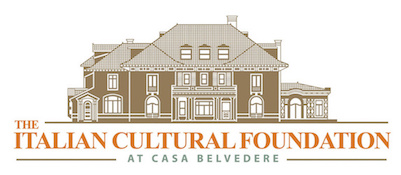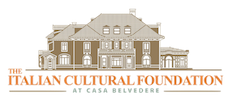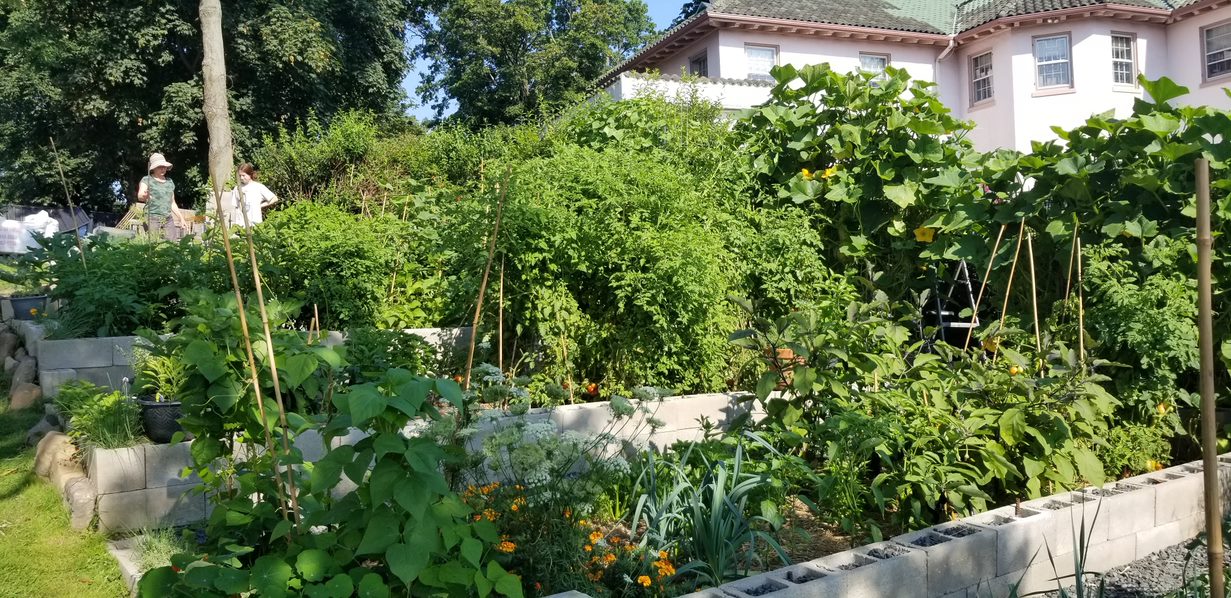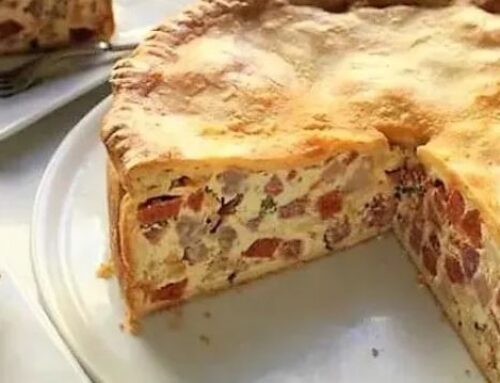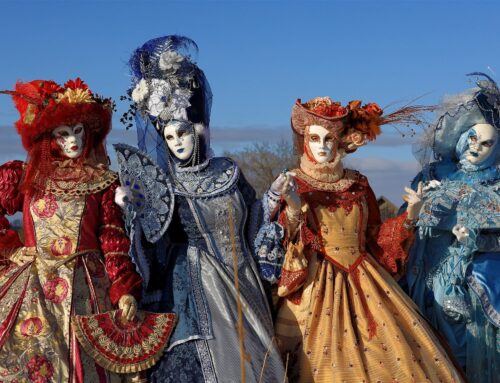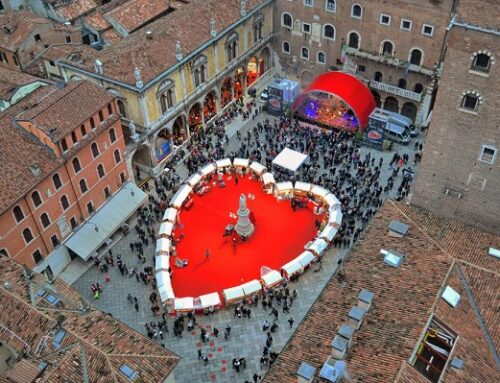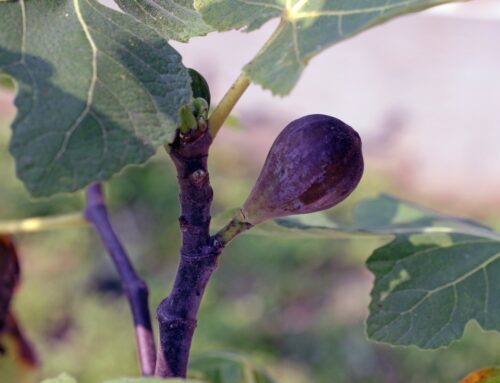By Gina Biancardi
Come and take a stroll through Nonno’s Garden, a flourishing vegetable garden that sits proudly in the side yard of Casa Belvedere. This remarkable project was born in honor of Vito Biancardi, a loving father, and a skilled gardener, with the aim to pass on his passion to future generations.
Thanks to the tireless work of a group of dedicated volunteers, Nonno’s Garden has produced a vast array of delicious vegetables, including zucchini, peppers, eggplants, tomatoes, and many more. And with its breathtaking location overlooking New York Harbor, bathed in warm sunlight and cool breezes, it’s no wonder the garden thrives.
However, the beauty of the view doesn’t obscure the stark reality that just a mile away, families struggle to put food on their tables. The pandemic exposed the fragility of the global food system, with marginalized communities suffering the most. In particular, the neighborhood of Stapleton, where Casa Belvedere is located, is one of the worst “food deserts” in the country. Residents have limited access to fresh and affordable produce and often suffer from pre-existing conditions such as obesity and diabetes.
That’s why the next step for Nonno’s Garden is to expand its reach beyond the borders of Casa Belvedere. With the creation of a 1,400 square foot greenhouse located on Casa’s back property, Nonno’s Garden will be transformed into a year-round outdoor classroom, empowering both children and adults with essential food production skills. The goal is to provide better nutrition, food security, and sustainability to those who need it most.
With a fully developed “GROW COOK EAT LEARN” educational program, in partnership with K-8 NYC public schools starting with those in neighboring Stapleton, the greenhouse will be a beacon of hope for the community. The program will teach STEM-based subjects, including science, mathematics, nutrition, climate change, and sustainable agriculture, to name just a few.
Nonno’s Garden aims to become a model for other communities, inspiring them to take action around issues of food access and social, economic, and racial justice. By creating similar greenhouses in public schoolyards and community centers throughout New York City, we hope to make a meaningful difference in the lives of those who need it most.
As Vito Biancardi used to say, “We might be poor, but you will never starve.” Nonno’s Garden is our way of honoring his legacy and helping the less fortunate neighbors near Casa Belvedere. Come and join us in our mission to create a healthier, more equitable world, one vegetable at a time.
